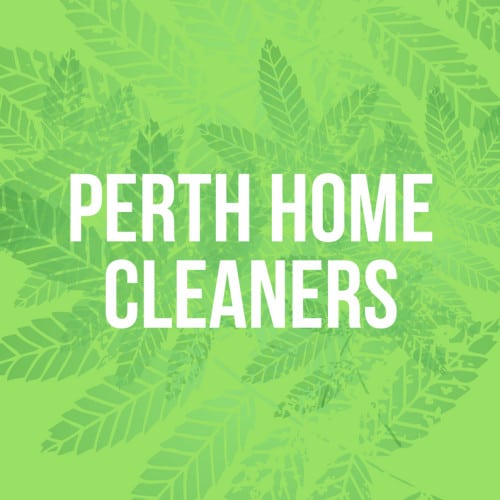Health Risks Of Mould And Mildew On Upholstery And How You Can Remove Them Effectively
Mould and mildew are both undesirable in most circumstances related to health, and when they are present in a home, there is an urgency to instigate carpet cleaning, floor cleaning, bathroom cleaning, upholstery cleaning, or couch cleaning depending on where they are both growing.
If you have not had an issue with either mould or mildew you may be unaware of their health risks. Mould, which can be seen as green or black slimy growth, is usually found where dampness exists and it can cause issues such as coughs, nasal congestion, and respiratory infections. Further, mould can have a seriously detrimental effect on those who suffer from allergies or asthma.
As for mildew, which is white or grey and powdery, this is usually present in warm, damp areas. Although not regarded as serious a threat to health as mould, it can still be the cause of a blocked nose, skin and eye irritation, wheezing, and again can worsen the symptoms of those with asthma or allergies.
So, now we know why we do not want mould or mildew in our homes, we are going to focus on removing them from an item of upholstered furniture that is often at the centre of every home and used by all within it – the couch. Couch cleaning might most often be done to improve the appearance of a couch, however, cleaning a couch to remove mould and mildew is a positive step in ensuring the health and well-being of those who use that couch.
Precautions
Before you start couch cleaning to remove mould or mildew, there are some precautions you should take first. These are:
- Take The Couch Outdoors: This prevents any mould or mildew from continuing to circulate indoors as it is removed.
- Do Not Clean Outdoors If It Is Raining: Allowing your couch to become wet will only make the problem of mould and mildew worse.
- Always Wear Protective Items When Couch Cleaning: These should include gloves and eye protection as a minimum. A face mask is also recommended.
Cleaning Process
Having taken your couch outdoors, the first step is to brush off any visible mould or mildew using a soft brush or broom. When doing so, brush away from the rest of the couch’s surface so that you do not spread mould or mildew to clean areas of the couch. Alternatively, at this stage, you can use a vacuum cleaner with an upholstery attachment to remove mould and mildew.
Next, make up a solution of warm water and white vinegar in equal proportions. Using a cloth, gently blot your couch with the cleaning solution by dabbing the affected areas. Do not soak your upholstery. Leave the couch to dry in the sun as sunlight also helps to kill mould and mildew.
Prevention
There are several steps you can take to prevent mould or mildew from growing on your couch. These preventative measures include:
- Regulate The Humidity In Your Home: Mould and mildew love humid conditions so if you have a dehumidifier or an air conditioning unit try to keep humidity indoors below 50%.
- Ventilate Your Home Properly: Allowing plenty of fresh air to flow through your home, and especially around your couch will hinder the growth of mould and mildew, so keep windows open and use fans.
- Clean Your Couch Regularly: Vacuum your couch to remove dirt and dust at least once per week as this will also remove mould and mildew spores. Also, use a micro fibre cloth to wipe down your cough regularly.
- Best Of All: Hire professional couch cleaners to regularly clean your couch and other upholstery to ensure mould and mildew have little opportunity to grow and that all your upholstery, including your couches, will always look their best.







